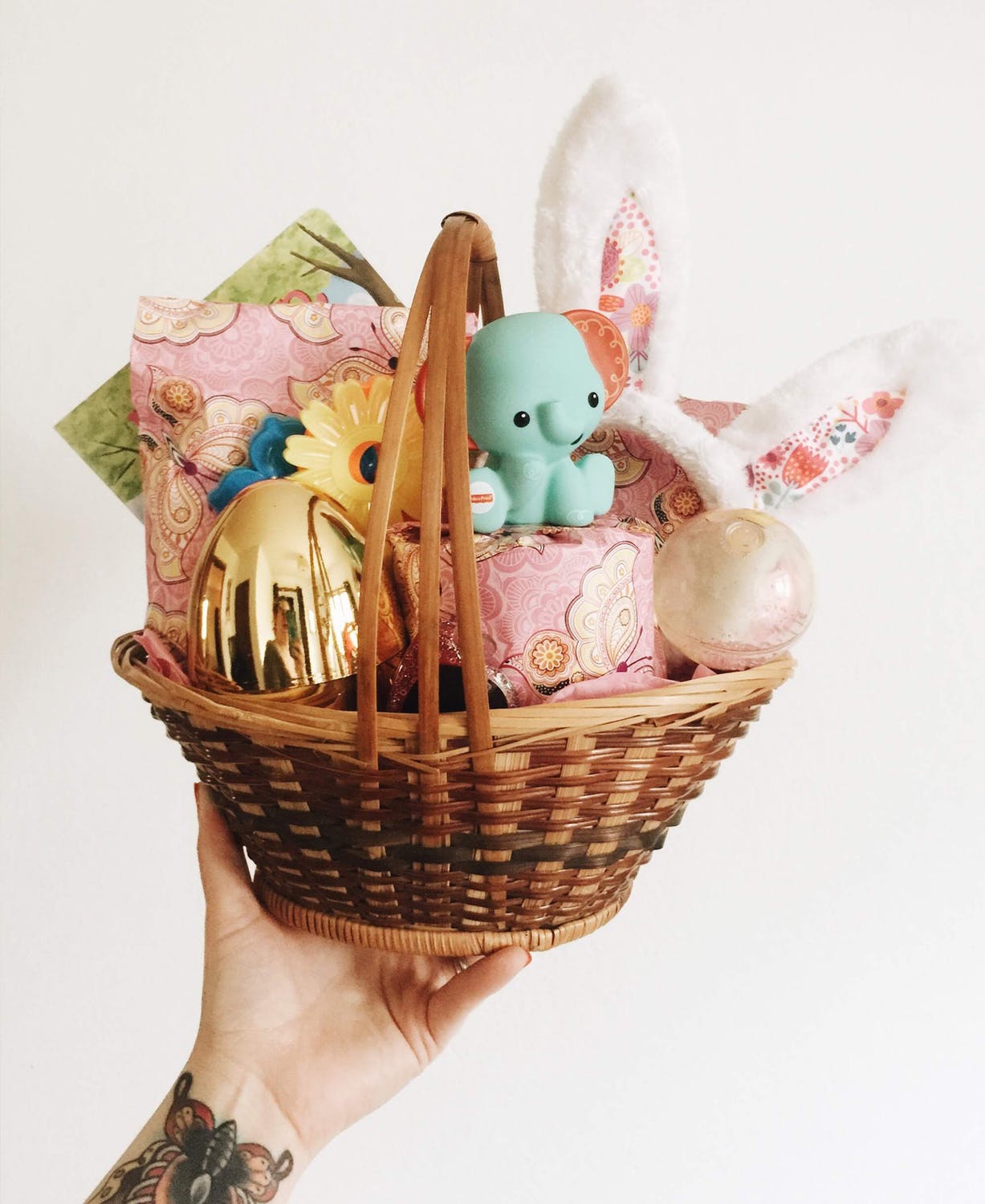Easter means different things for different people. For some, it’s an important time to celebrate their faith. Others use it to get their family together. Some people savour the sweet treats and enjoy chocolate Easter eggs. Why do we celebrate Easter and where do all these traditions come from?
Origins
Easter is a crucial date in the Christian calendar as it marks the resurrection of Jesus Christ. There’s a multitude of dates surrounding the holiday: including Lent, Palm Sunday, and Good Friday. There’s also Holy Thursday, which was when Jesus had the Last Supper with his disciples. This is why the dates of Easter change, as Passover revolves around the lunar calendar. However, Easter can go further back than Christianity. There was the Pagan festival of Eostre, which celebrated spring and fertility. Easter symbols we recognise today can stem back to that.
Easter Eggs
Lots of people – whether they’re religious or not – enjoy Easter eggs. These sweet treats have gone through quite a history. Eggs have been regarded as a symbol of new life in many cultures and religions. Some Christians think they are a symbol of Jesus’s tomb. Eggs were also seen as the end of Lent and fasting. This mindset of eggs being a treat paved the way for Victorians to start decorating and sending eggs as gifts. Queen Victoria helped make these Easter traditions popular.
Easter Bunny
While it’s easy to connect Easter to new life and eggs, what about a bunny delivering them? For this, you have to turn towards 17th century Germany. Protestants would share tales of a hare that would deliver eggs to well-behaved children. These traditions spread when Germans immigrated to America. ‘Osterhase’ would deliver colourful eggs. Children would even make nests for the bunny to leave eggs in. Different countries have different Easter animals, for instance, Switzerland has the Easter cuckoo.
Simnel Cake
Simnel cake pops up around Mother’s Day and Easter. It is a light fruit cake, with a layer of marzipan in the middle and another layer on the top. Simnel cake is decorated with 11 balls to mark 11 disciples, minus Judas. Sometimes there is a ball in the middle to represent Jesus Christ. The history of this cake dates back to the 11th century.
Easter has plenty of traditions and symbols, with fascinating histories. As a result, there are lots of ways to celebrate the holiday. Do you have any of your own Easter traditions?

